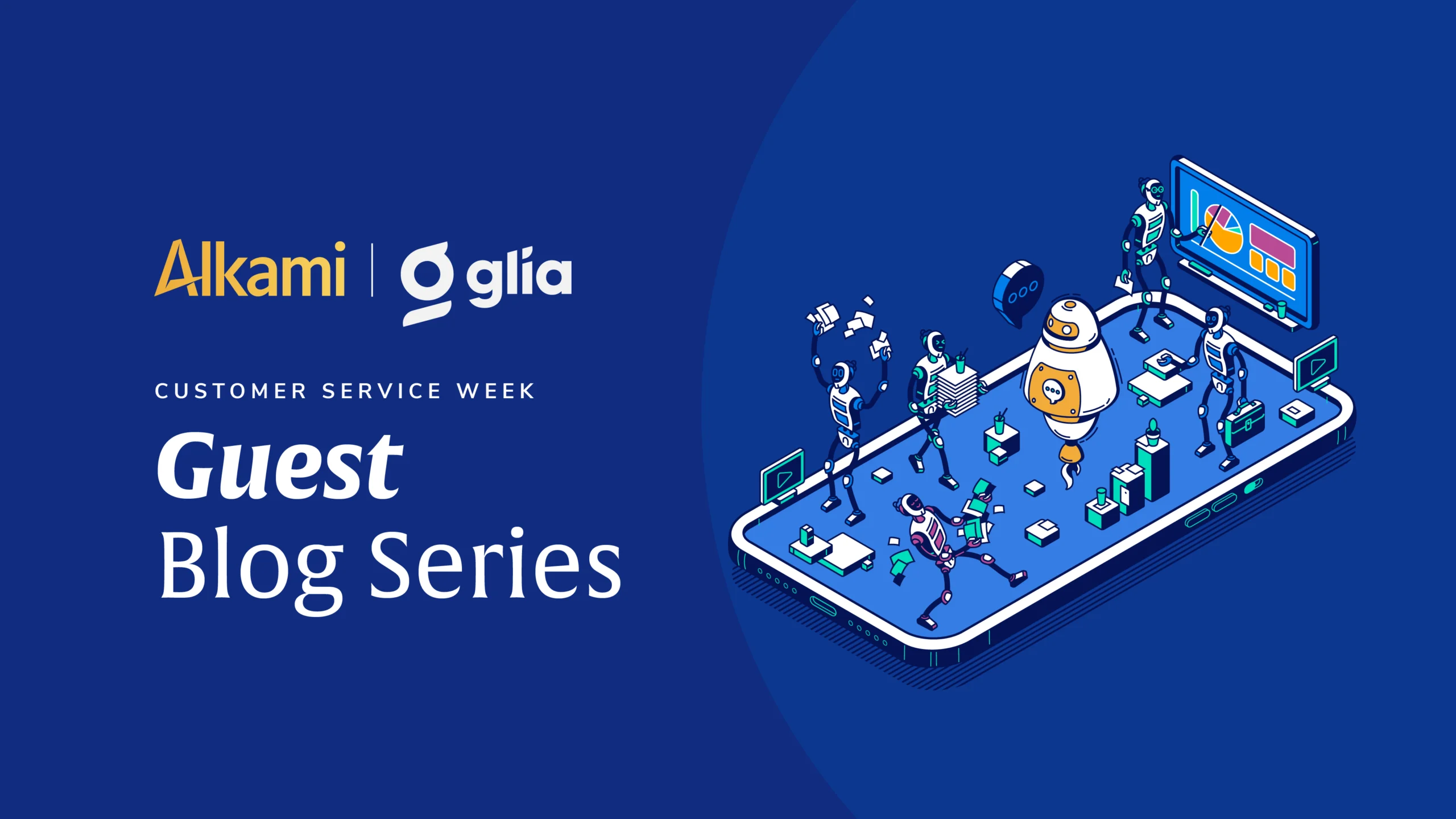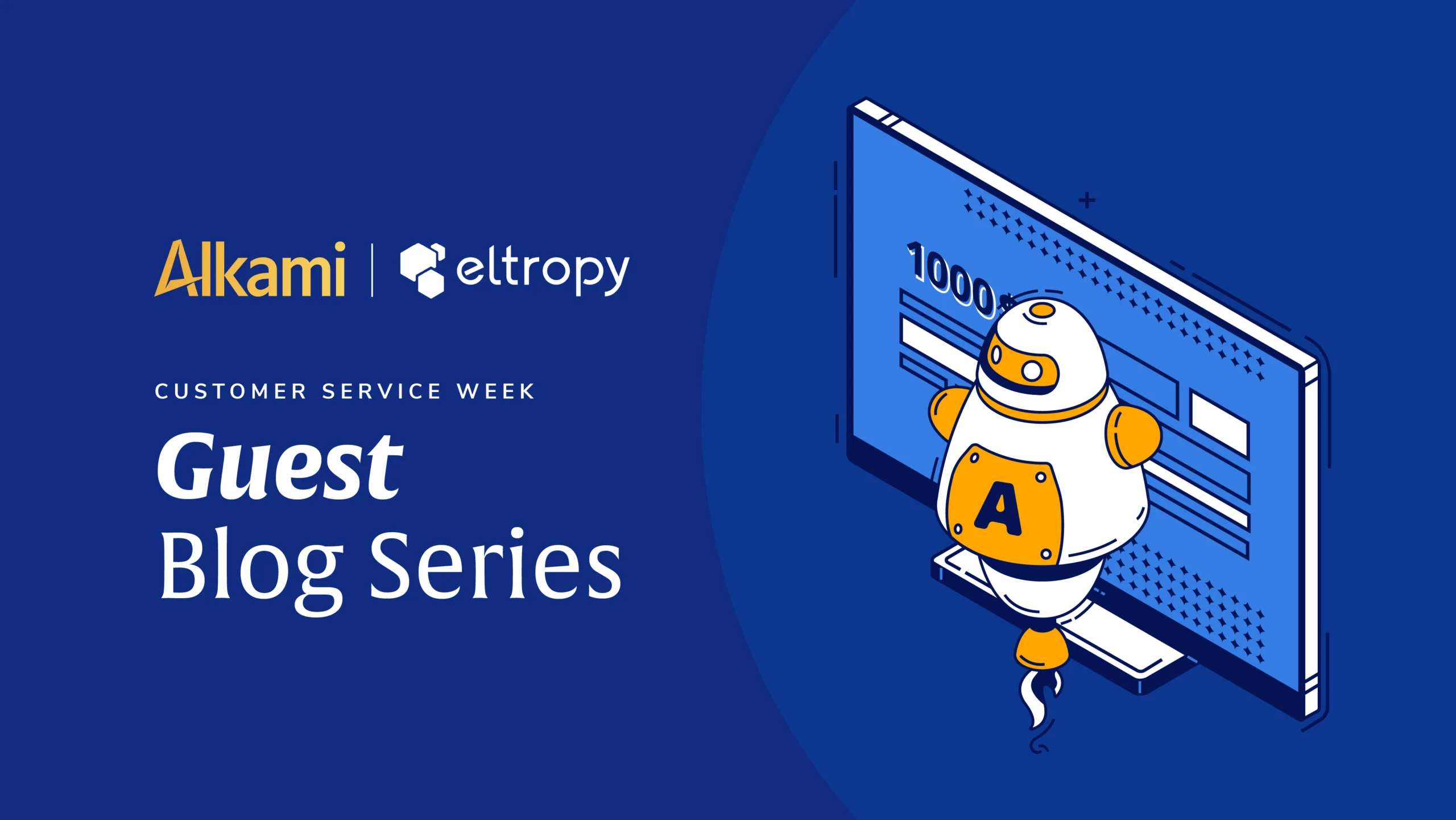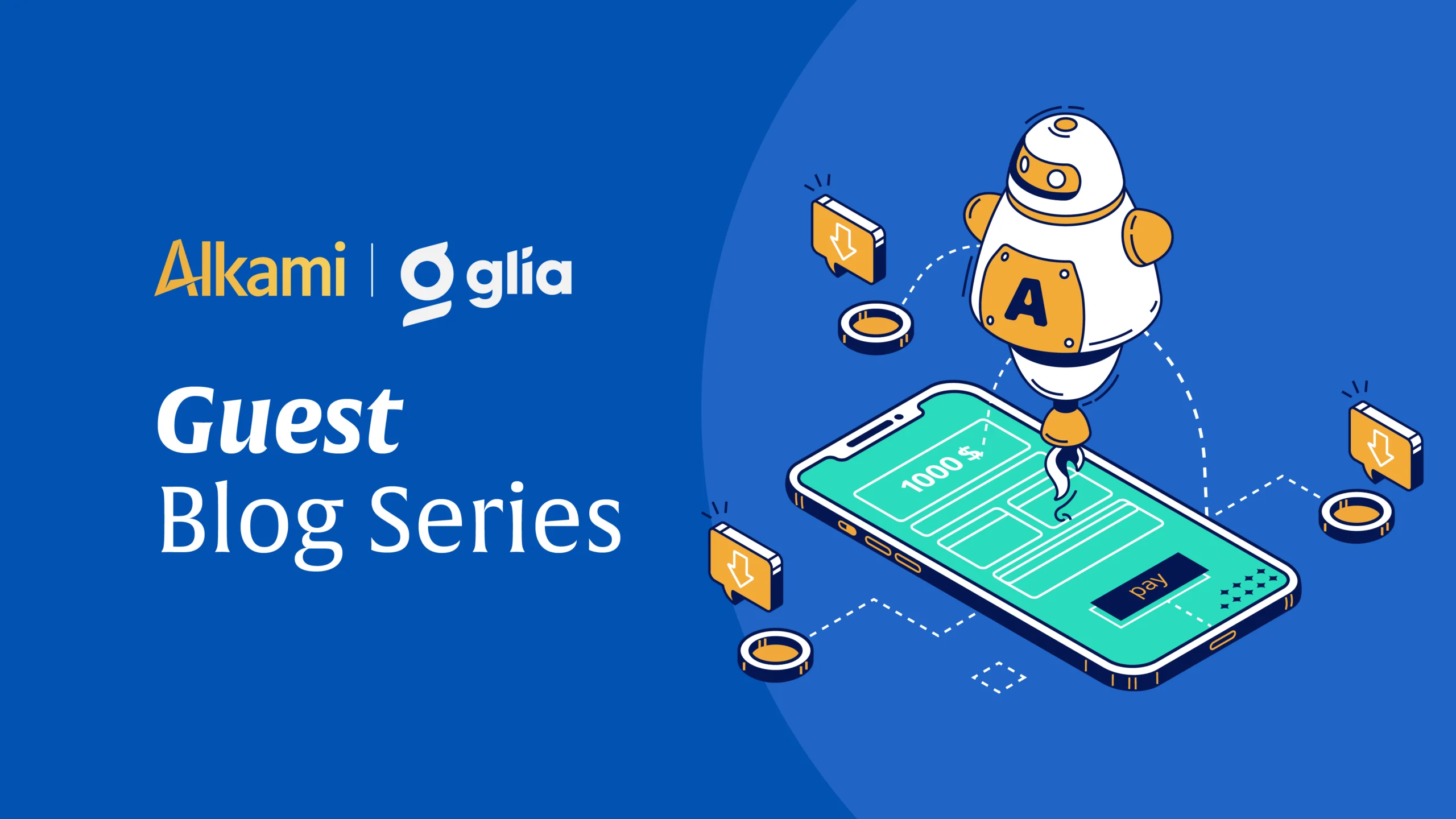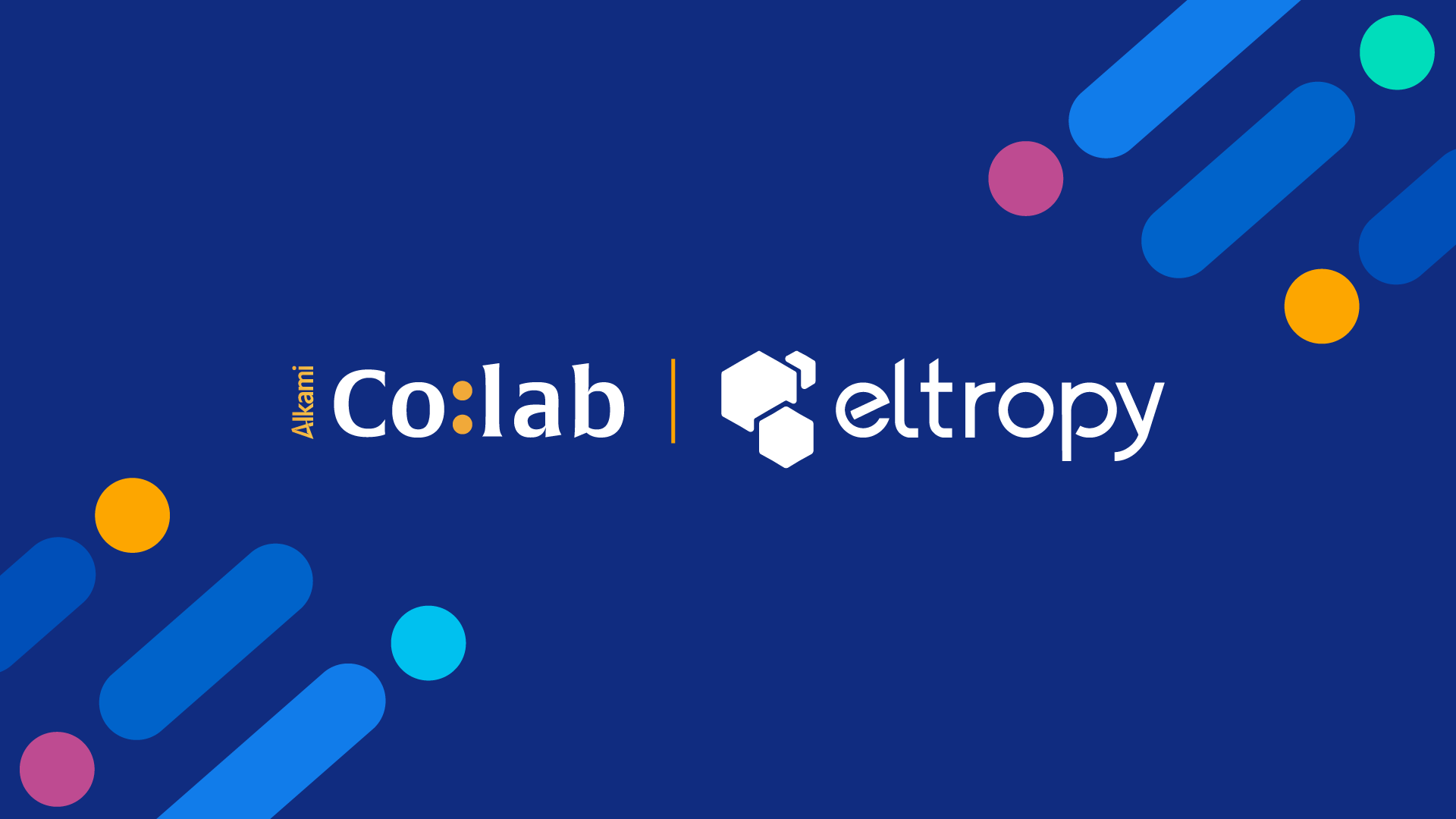Beyond Selling: Personalization That Anticipates and Serves
When you think about “personalization” in user interactions—especially in personalized banking—you probably think of tactics created by marketing teams. How many times have you been the subject of an email that starts with your name, an advertisement for a product you recently viewed, or a promotional text message based on your past purchases?
Sometimes, these personalized approaches feel relevant and customized. Other times, they simply feel annoying, like when a company knows what you were looking at online just five minutes ago and pretends to “know” you. This is because this kind of personalization can be a one-dimensional, company-centric approach. It’s focused on what the company wants from the user, not what the user needs from the company. Now that we are in the midst of the artificial intelligence (AI) era, personalization can and should be expanded to service interactions, not just used as a disguise for selling and upselling.
What if personalization could be used to up-serve your users? What if your goal was to meet each user’s exact need, at the exact moment they need it, in the most effective and efficient way possible? This is the true power of AI: moving beyond marketing tactics to fundamentally transform the user experience. It’s not about making a generic message feel special by inserting a user’s name; it’s about making every interaction feel effortless and perfectly tailored to the situation.
The new science of personalized banking: powered by AI
The best way to provide personalized banking is not to focus on the person, but on their need—the reason they are reaching out. By analyzing user interactions, we’ve discovered needs fall into very predictable categories:
- Needs that can be instantly resolved through virtual assistance should be automated
- Needs that require human assistance should be executed by a financial institution representative whose performance and efficiency is elevated through the use of AI-powered virtual assistance
The key is using data and intelligent guidance to quickly identify which category a user’s need falls into. The system can then seamlessly guide them to the most efficient and effective interaction type for that need. This AI-powered matching process happens in real-time, often before the user even fully articulates their problem. It’s about observing a user’s “digital body language”—the pages they visit, the buttons they click, the search terms they use to anticipate their need.
Automate and elevate in action
Imagine a user, let’s call her Sarah, visits her financial institution’s website. A traditional system would simply offer a menu of options. An intelligent, AI-driven platform observes her behavior and offers the best-fit interaction, the one that is both most efficient for the institution and the best possible experience for Sarah’s exact need at that moment.
Here are a few examples of how different needs can automatically trigger very different user interactions.
- The transactional need
Sarah logs into her account and immediately navigates to the “Transfers” section. She starts entering an account number for a recipient she has transferred funds to many times before. A traditional bank might require her to call in or manually fill out a form.
An AI-powered assistant, however, recognizes this as a simple, transactional need. It knows that this kind of routine task is best handled through automation. A small dialogue box pops up on Sarah’s screen: “It looks like you’re trying to make a recurring transfer. Would you like me to guide you through this process with self-service?”. She clicks “Yes,” and the bot provides a step-by-step, self-guided process, auto-filling known information.
No human agent is needed, and the task is completed in under a minute. The experience is fast, efficient, and completely effortless. For Sarah, this feels like superior service because her need was anticipated and met with the most convenient solution, solidifying her trust in the bank’s digital banking solutions.
- The complex, emotional need
The next week, Sarah is looking at her account online and sees some transactions she didn’t make. That is an awful feeling that many of us can empathize with. She clicks on a link related to “Dispute a Charge” and then hovers over the “Report Fraud” page. The system immediately recognizes this as a potentially complex and emotional issue that will require a human touch.
A pre-trained chatbot could offer self-service, but the AI knows that for sensitive issues like fraud, the best course of action is an immediate, live conversation with an expert. Instead of being forced to make a phone call and get stuck on hold, she is instantly presented with an option for an OnScreen Voice interaction. With a single click, she is connected to a live agent.
The agent, already authenticated and aware of Sarah’s digital journey, can greet her with full context. The conversation happens right on Sarah’s screen, and the agent can even use CoBrowsing to guide her through the process of freezing her card and filing a report. The net result is a five-star experience where Sarah feels supported and confident about next steps.
- The informational or educational need
A few days later, Sarah finds out her quarterly bonus is going to be much higher than she expected (jackpot!). She is trying to use a new budgeting tool on her financial institution’s mobile application (app) to accelerate her payments on a couple of outstanding loans. She clicks on a help page, but the instructions are confusing. The AI observes her lingering on the page and sees that she’s toggling between the help page and her account settings.
This is an educational need. She is not just trying to get something done; she is trying to learn how to use a new feature that will greatly benefit her financial situation.
The AI, rather than forcing Sarah to make a long phone call, triggers an instant video chat. An agent appears on her screen and says, “Hi Sarah, it looks like you’re trying to set up our new budgeting tool. I can walk you through it right here on your screen”. (Note how the agent already knows who the user is and what she needs, eliminating the standard blind opening of most interactions, “Hi, how can I help you?”)
The agent can then use CoBrowsing to show Sarah exactly where to click, how to link her accounts, and how to set up alerts. This not only teaches her how to use the feature herself, empowering her for future self-service, but it also creates a high-touch experience that builds long-term loyalty and reduces the need for future support calls.
We're very mindful and intentional about maintaining that human connection with our membership, but utilizing technology to be that engagement vehicle. We’re not in the business of completely shutting our members out and saying you’ll never have the chance to work with a person.
- Tyler Young, Consumer Banking Director, Texas Tech Credit Union (Source: Glia, Unlocking The Contact Center's Strategic Value with AI)
Personalize to the need, not the person
These examples are not some “maybe someday” vision on a tech vendor’s roadmap. They are real-world interactions driven by Glia’s ChannelLess® platform. The trick is not in how well each communication method or channel works—be it Voice, Video, or Chat—but in the platform’s ability to unify them.
In a ChannelLess environment, there is no such thing as being “transferred”. An agent can move from a Chat to a CoBrowsing session or an OnScreen Voice call with a single click, all while retaining full context. The entire user journey is unified, transparent, and optimized for both efficiency and experience. This not only dramatically improves the outcome for the user but also makes service operations far more efficient and cost-effective for the financial institution.
The myth of “consistently excellent service” has always been that it means creating the same experience for every user every time. When interactions are elevated by AI, consistency is achieved when every interaction—no matter the need—is the right interaction for that exact situation.
It is about a seamless, effortless experience that anticipates a user’s needs, whether they are simple or complex, and provides them with the optimal solution. It is not about personalizing to the person, but personalizing to their need, which brings authenticity and meaning to personalized banking. As financial institutions begin redefining their personalization strategy, they are discovering it works best for their bottom line, as well as promoting loyalty among the customers and members they serve.
Want to learn more? Schedule a demo with an Alkami representative to explore Alkami’s digital banking platform and digital customer service solutions like Glia.









